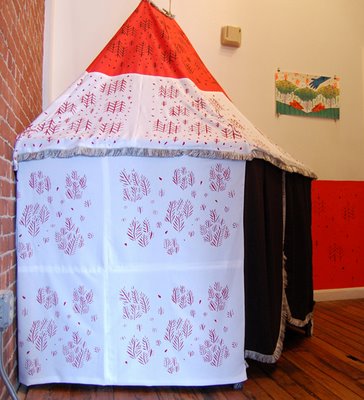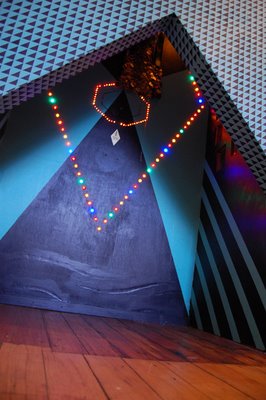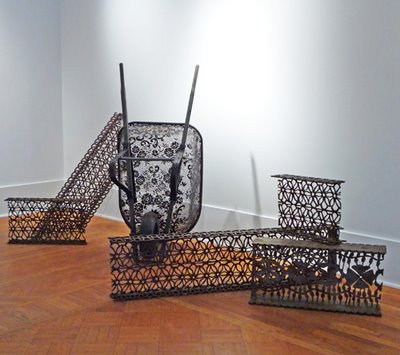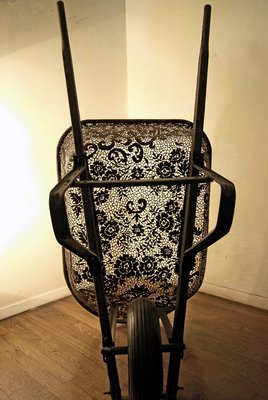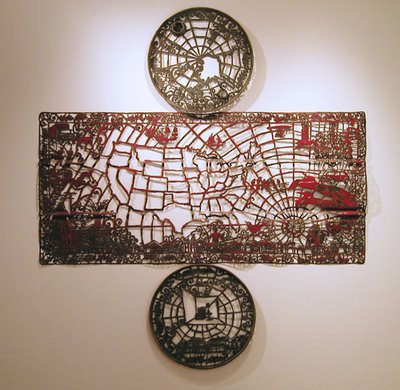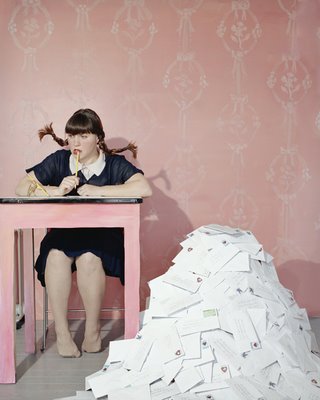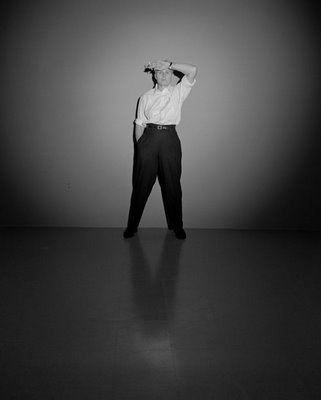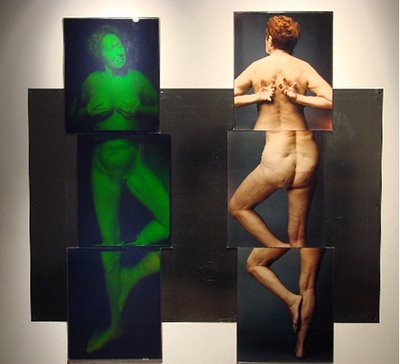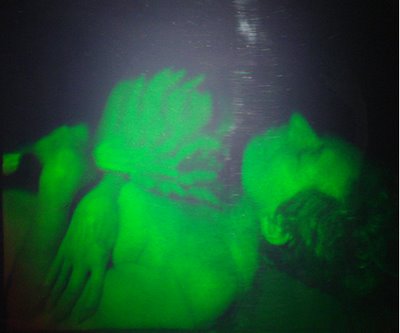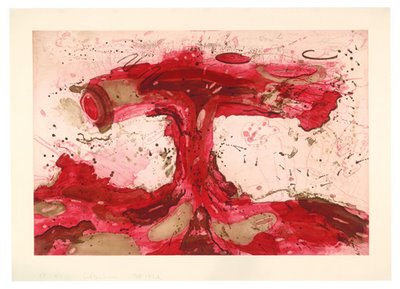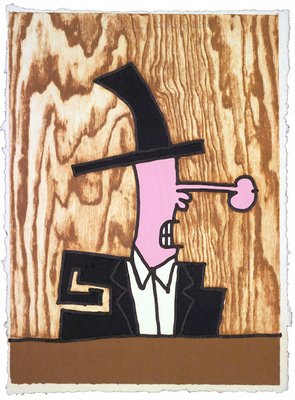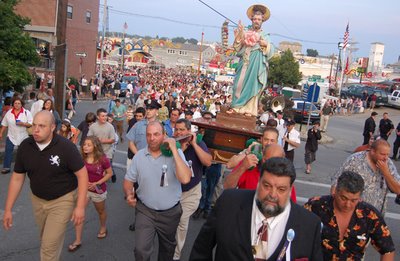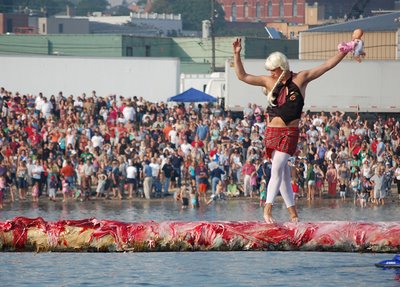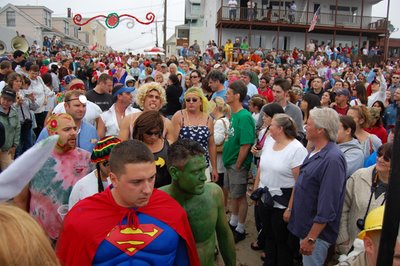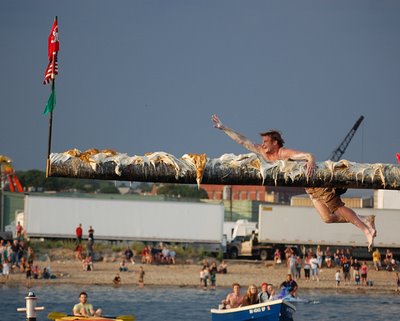At a meeting Wednesday, University of Rhode Island administrators rejected an appeal to reverse their decision to end the university’s Fine Arts Center Galleries program and lay off director Judith Tolnick Champa, according to the advocacy group
Friends of the Fine Art Center Galleries.
During the meeting with gallery supporters in the president’s conference room, the Friends say, university leaders reiterated their position that they didn’t have the funds to continue the galleries program. University officials have said they’re facing at least a $17 million shortfall in the school’s budget for the current fiscal year, which began July 1. (Note: This article is based solely on the Friends’ account; with the holiday I don’t expect to get in touch with URI leaders until next week.)
URI administrators said at the meeting that they were interested in keeping the gallery open in some capacity under the management of the art department, the Friends said. There has been talk of the art department mounting student and faculty shows there.
“I’m going to actually be connected to URI till mid September in a kind of consulting capacity,” Tolnick Champa told me today. “And I’m very actively on the job market. … At this juncture they’re all [jobs] outside Rhode Island.”
Attending Wednesday’s meeting were URI President Robert Carothers, Provost Donald DeHayes, Vice President for Business Robert Weygand, Dean Winifred Brownell, URI Foundation President Glen Kerkian, and Associate Dean for Development Tom Zorabedian. Representing Friends of the Galleries were Center for the Humanities Director and Honors professor Galen Johnson, Honors Program Director Ric McIntyre, studio art professors Annu Matthews and Bob Dilworth, alumna Alanna Green (’08) and from the community artist entrepreneur Marc Levitt and businessman Grant Metts.
Tolnick Champa, who has run the galleries for 17 years, was informed by the university on June 2 that she would be laid of effective July 4 and that the galleries program would close. During the following week or so, she talked of moving on, finding new work.
But galleries supporters rallied to restore the program, with letters of support, a
Facebook page that has attracted 557 members, and a public meeting in the galleries on June 10 which was attended by many major art players in the state, including Randall Rosenbaum, executive director of the Rhode Island State Council on the Arts, Barnaby Evans of Providence’s WaterFire, Alexandra Broches of Wakefield’s Hera Gallery, and curators from RISD and Brown.
The following week, a note of optimism was coming from Tolnick Champa that the galleries program might be restored. “It’s not over yet. We’re not necessarily beating a dead horse,” she told me on June 19.
But she remained skeptical that URI administrators would reverse their decision because of the university’s financial crisis. “I’m prepared to leave. I’m prepared to stay,” Tolnick Champa said. “I’m really of two minds. It’s really hard for me right now. There’s a lot I’d like to do elsewhere because here’s got to change. I’d like to help with that change. I feel like the living dead.”
Now that university administrators have reiterated their decision, she’s focused on moving on. And she remains moved by the voluminous support for her and the galleries program. She said today, “I just feel I touched way many more people than I ever dreamed I had.”
Related:The New England Journal of Aesthetic Research
broke the story on June 4. I followed up with this
longer report on June 6 and by posting the
official URI response on June 7.

